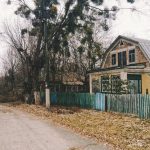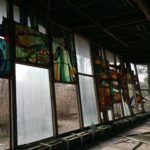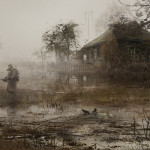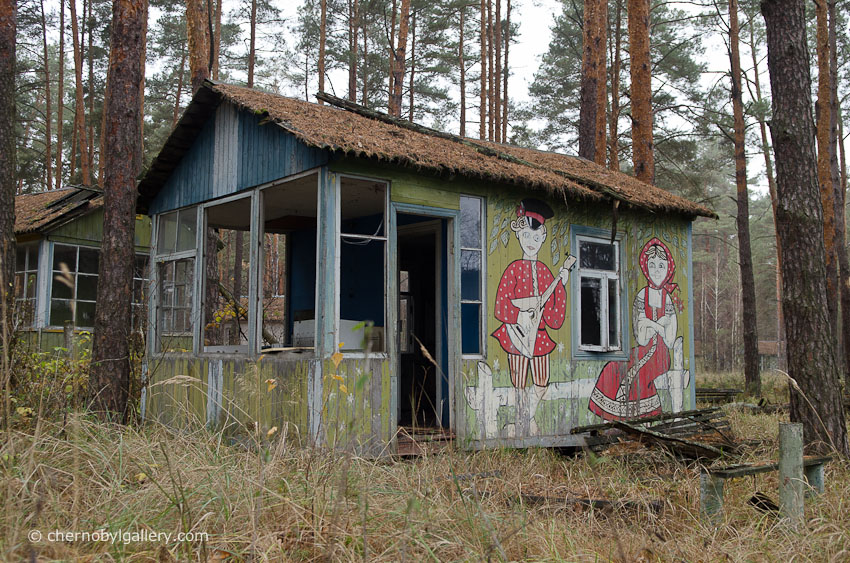
For as far back as Google’s records go, the search word “Chernobyl” has never trended higher. In the past month, the data graph has spiked like a reading on a level 5 earthquake. Of course, it’s all down to HBO’s Chernobyl, which after only one month on air, has become the highest-rated television series of all time. For many of us in this community that share a curious fascination for ghost towns, urban decay and dystopian tales, Chernobyl is ground zero – and the new 5-part series has unquestionably pulled us all back down the rabbit hole these past few weeks to revisit the world’s worst nuclear disaster from behind the safety of our screens once again.
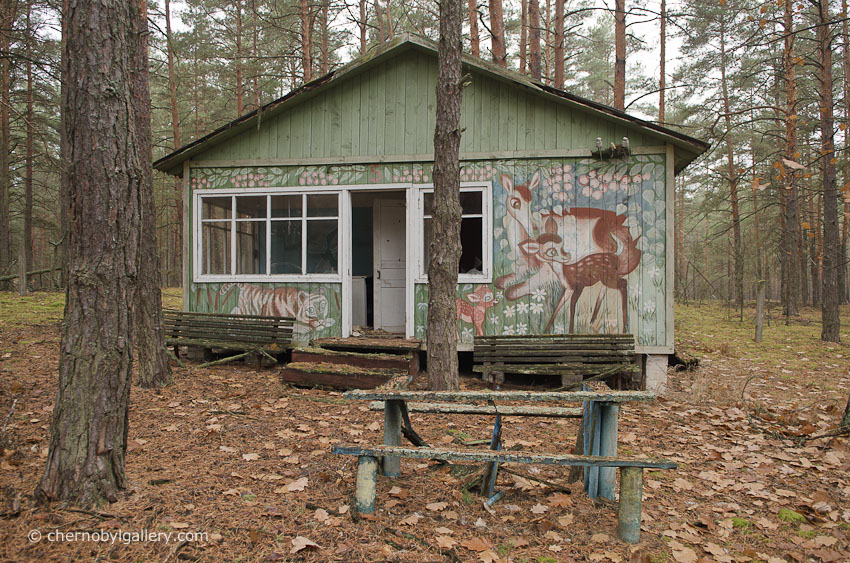
Having spent countless hours over the years staring wide-eyed at photographs of the eerie emptiness and apocalyptic decay, I returned to a particular place on the internet that documents one man’s experiences visiting the Exclusion Zone. Because there was one poignant photostory in his Chernobyl Galleries that had stayed with me more than all the others: the Children’s holiday camp.
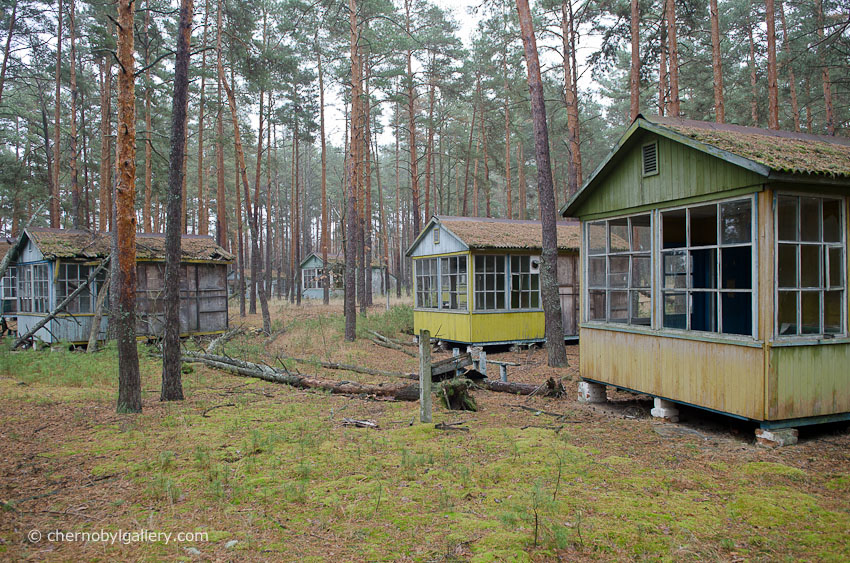
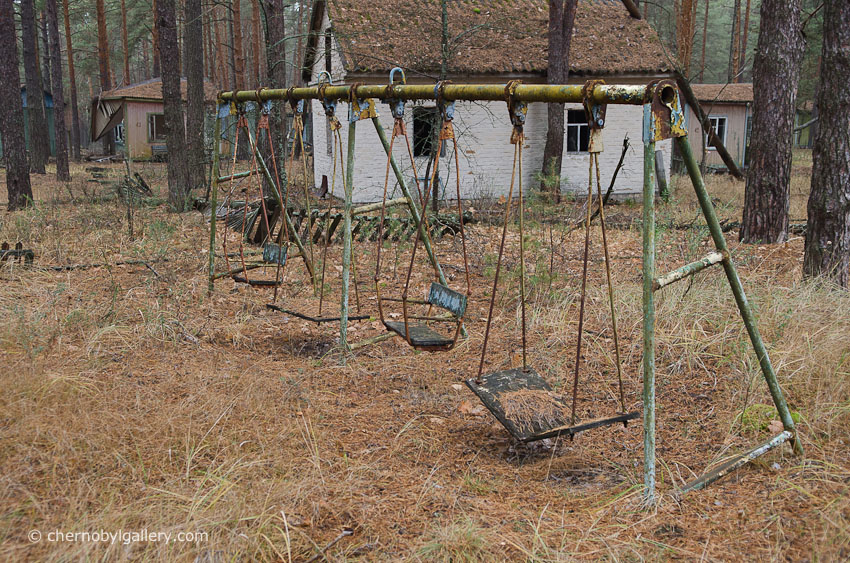
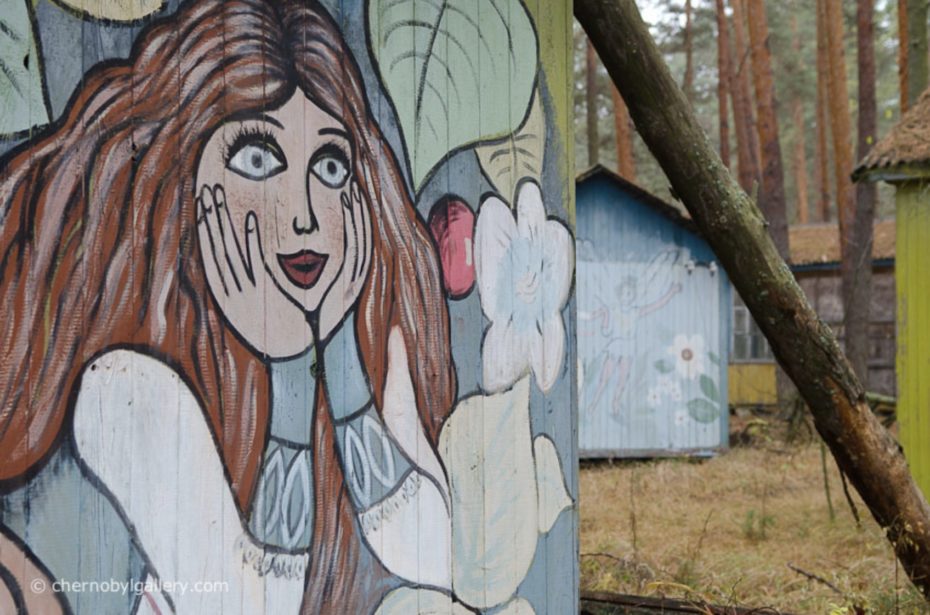
“The Shmaragd holiday camp is where the children of Pripyat would spend their summer holidays”, writes Paul Hill-Gibbins, an English amateur photographer who has visited three times and shared his experiences online to convey something of what it’s like to visit the area for those less willing to take the risk.
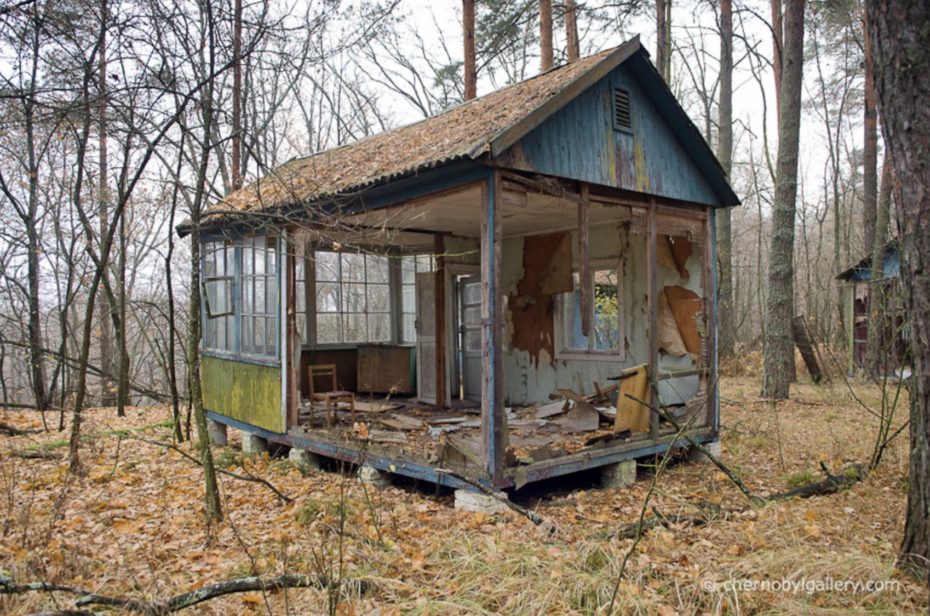
“The brightly coloured murals, depicting characters from nursery rhymes and children’s stories, have survived the ravages of time surprisingly well. The huts themselves however are starting to suffer after 25 years of neglect … it was always part of nature and therefore little effort was required to reclaim it…“
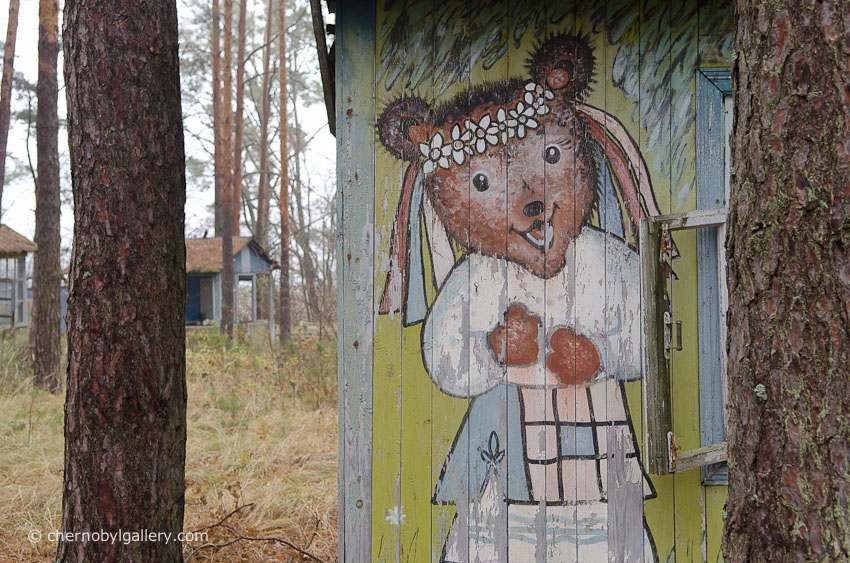
Surrounded by woodland, in between Chernobyl City and Pripyat, which had a combined population of 65,400 at the time of the disaster. Pripyat alone had 15 primary schools for about 5,000 children, 5 secondary schools and 1 professional school.
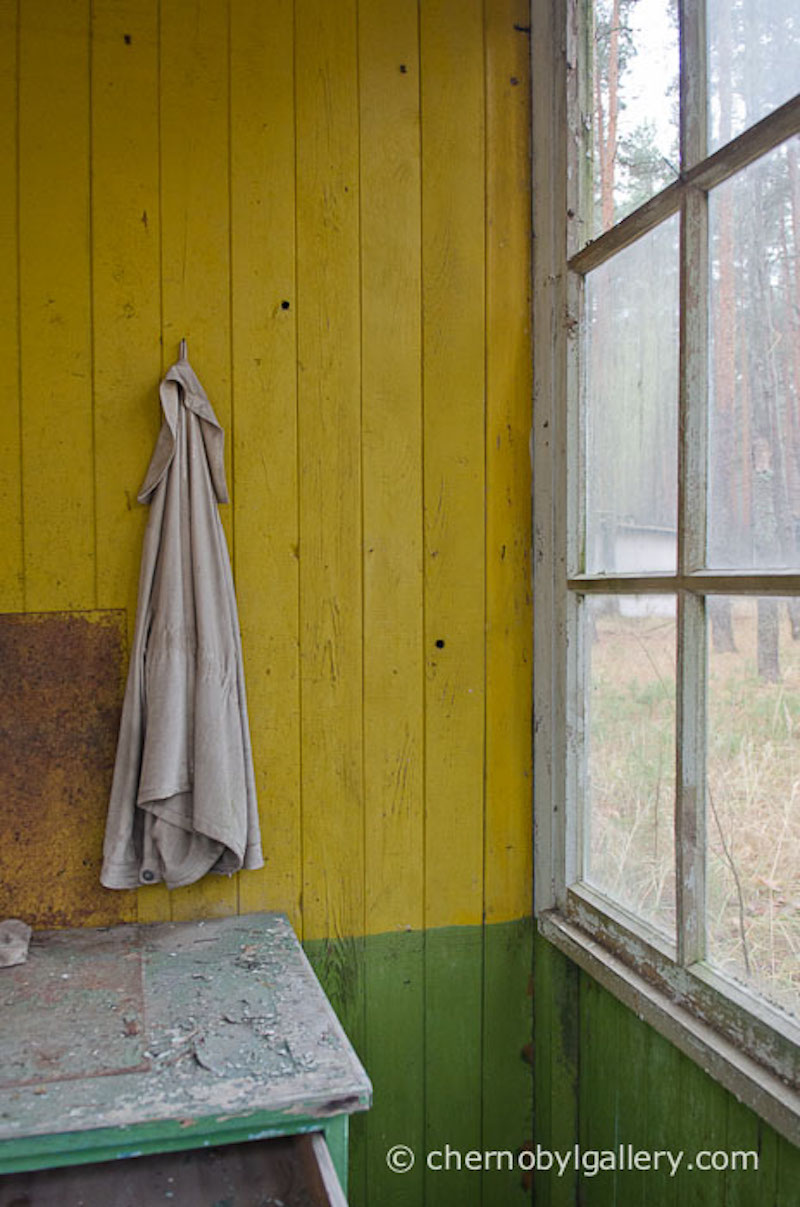
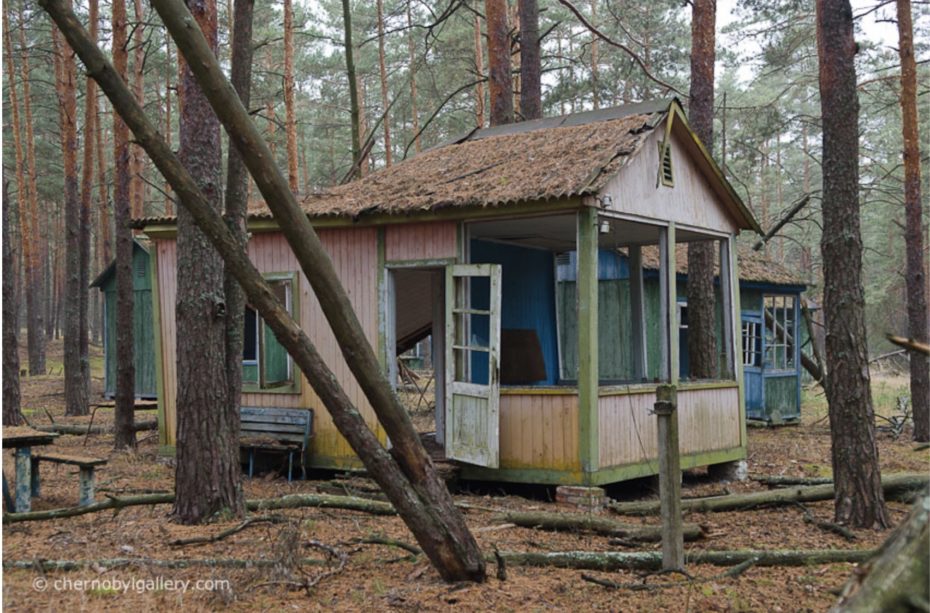
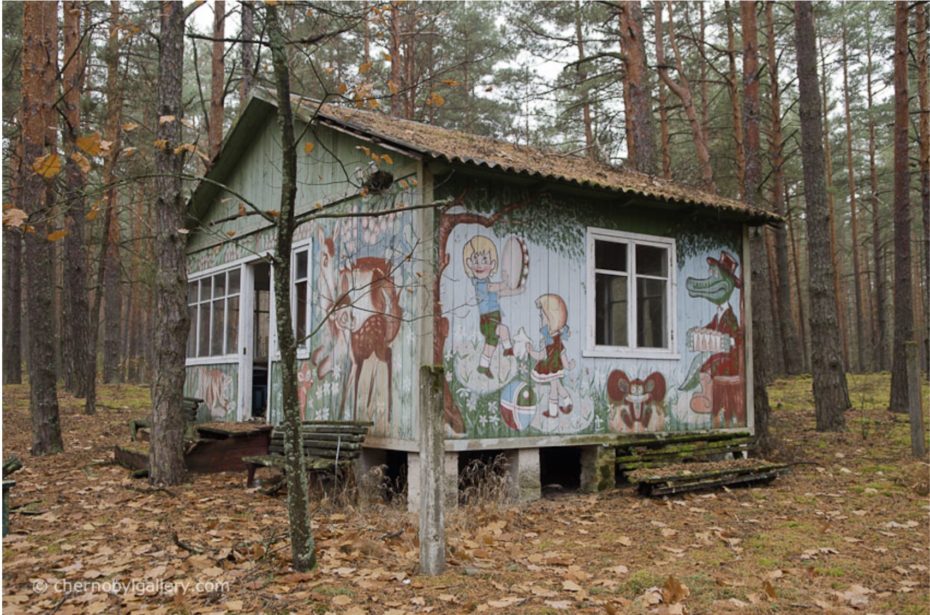
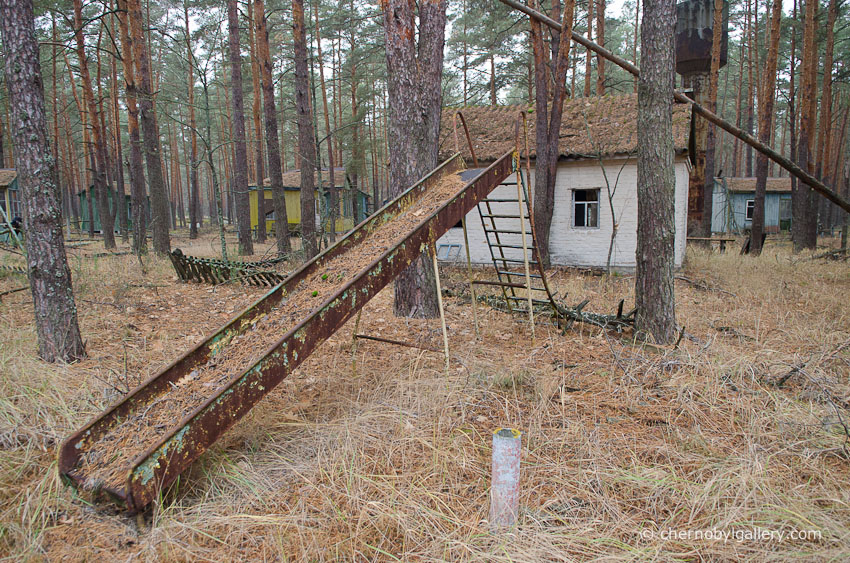
The evacuation of Pripyat took approximately 3.5 hours. Citizens were told to pack for three days but they would never return. The day after the explosion, they had still been going about their daily lives; children were playing outside, couples attended weddings and incredibly, 286 construction workers clocked in for the day shift at the plant at reactors number 5 and 6, which were still undergoing construction. Workers had even continued their shift through the night of the explosion. It wasn’t until 1989 that the decision was finally made not to complete the reactors. Political pressure saw the last functioning nuclear reactor shutdown as late as the year 2000.
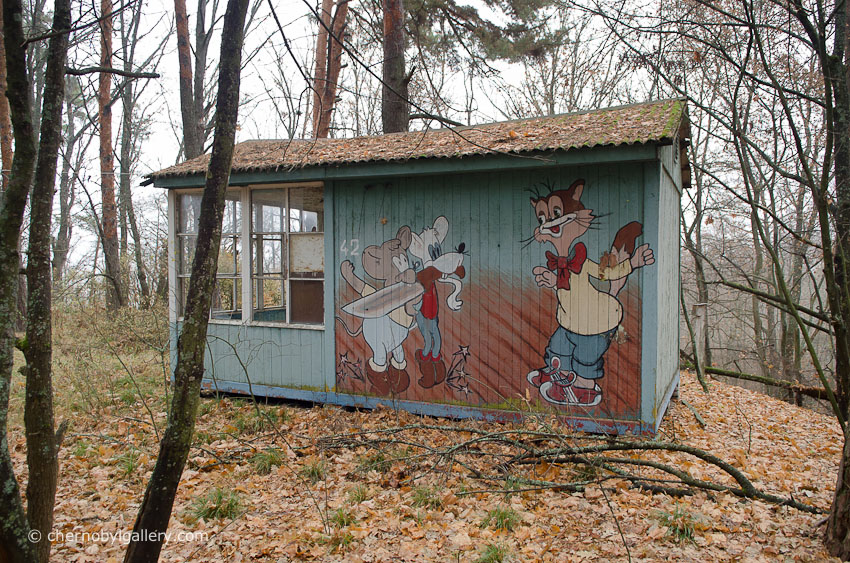
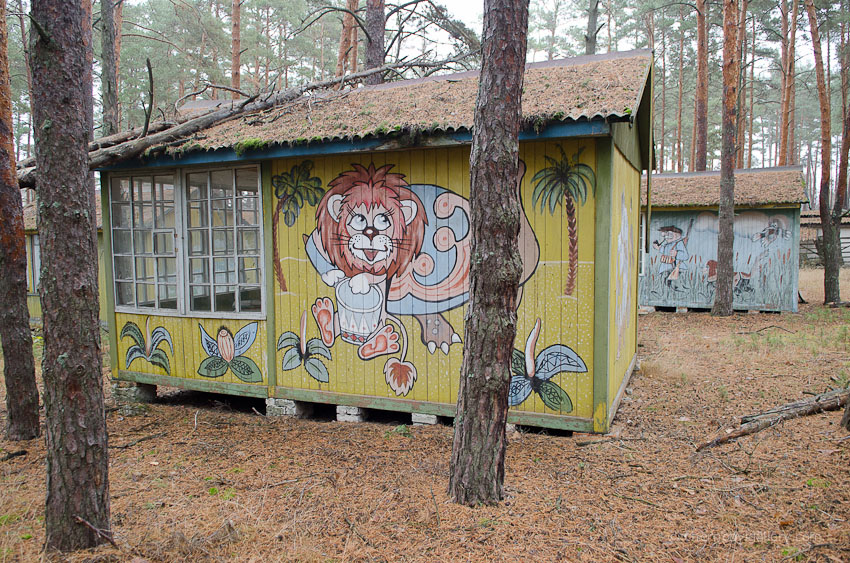
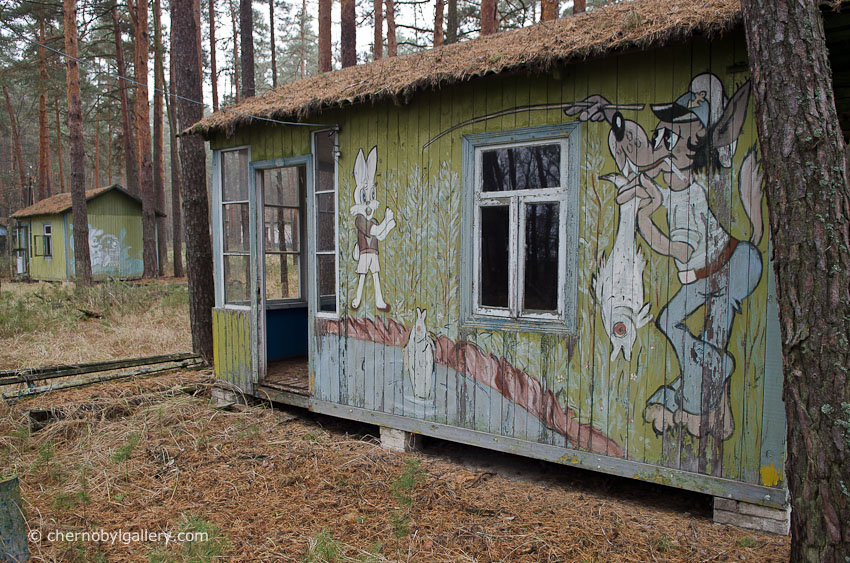
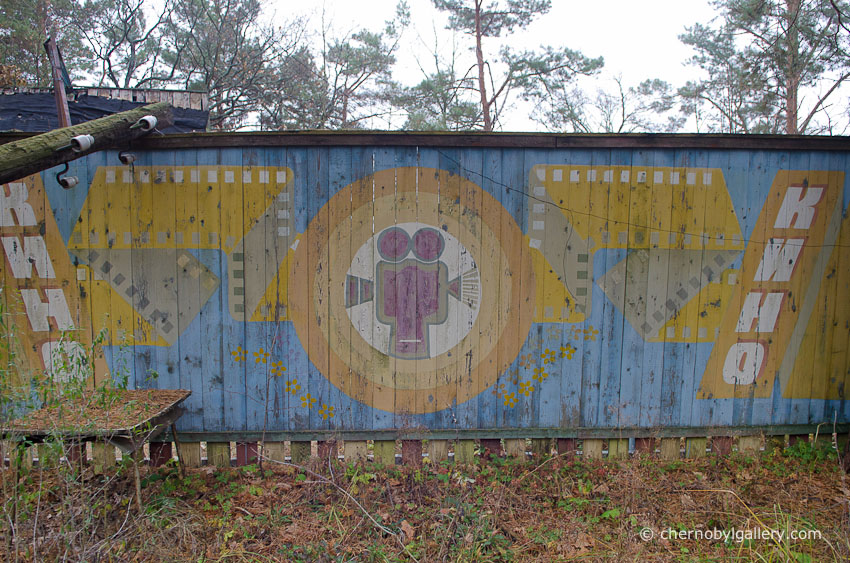
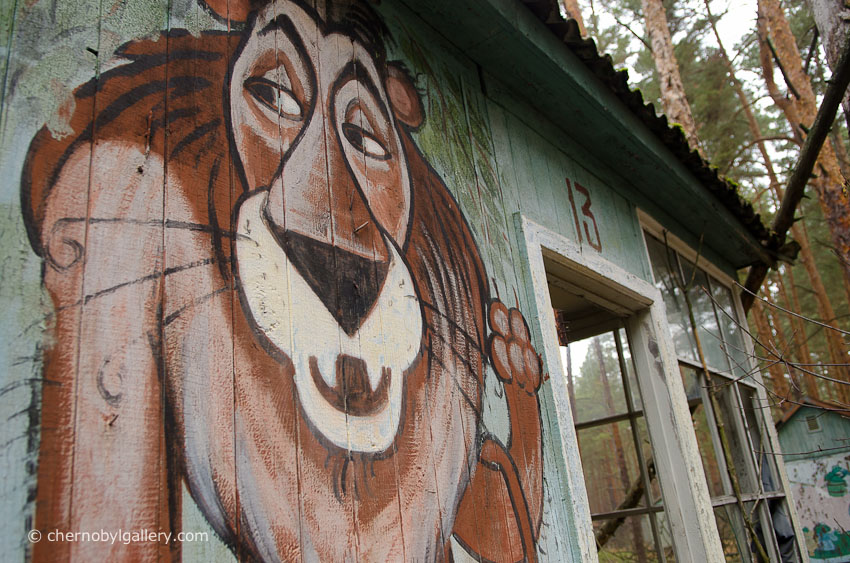
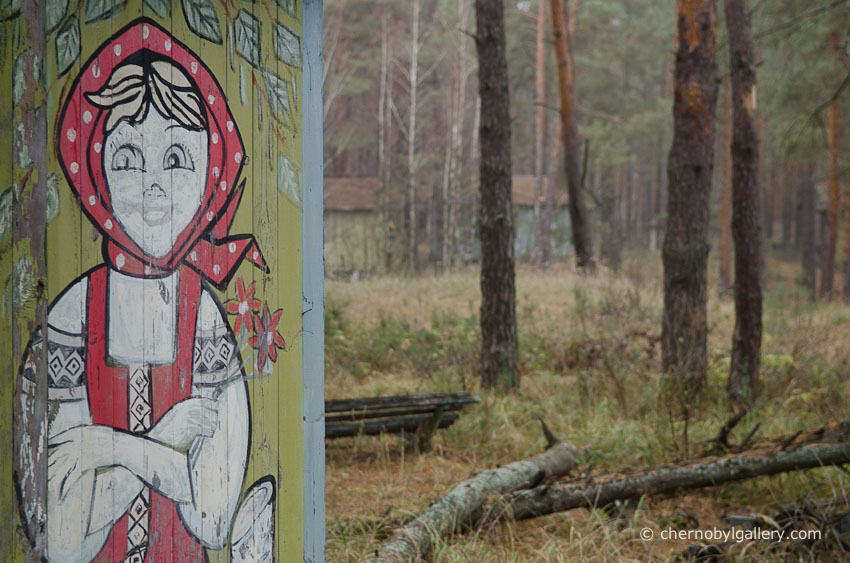
“I can’t help but wonder where the children who once sat next to each other on the benches in the open air cinema are today. I truly hope they are their thirties and forties and perhaps now have children of their own.”
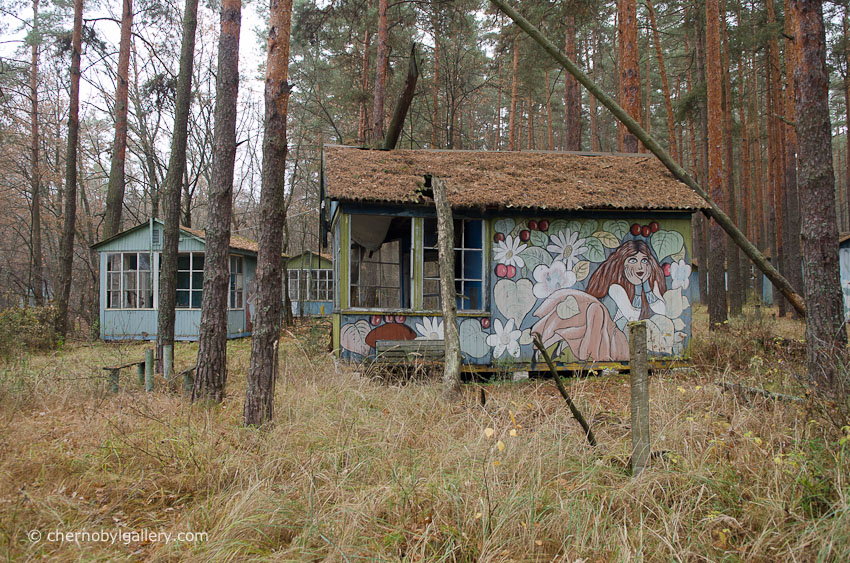
“Chernobyl is not a happy place, and while alcohol is plentiful there is little laughter, few women and no children”, says Paul. His site is full of fascinating anecdotes about the Exclusion Zone alongside his photography.
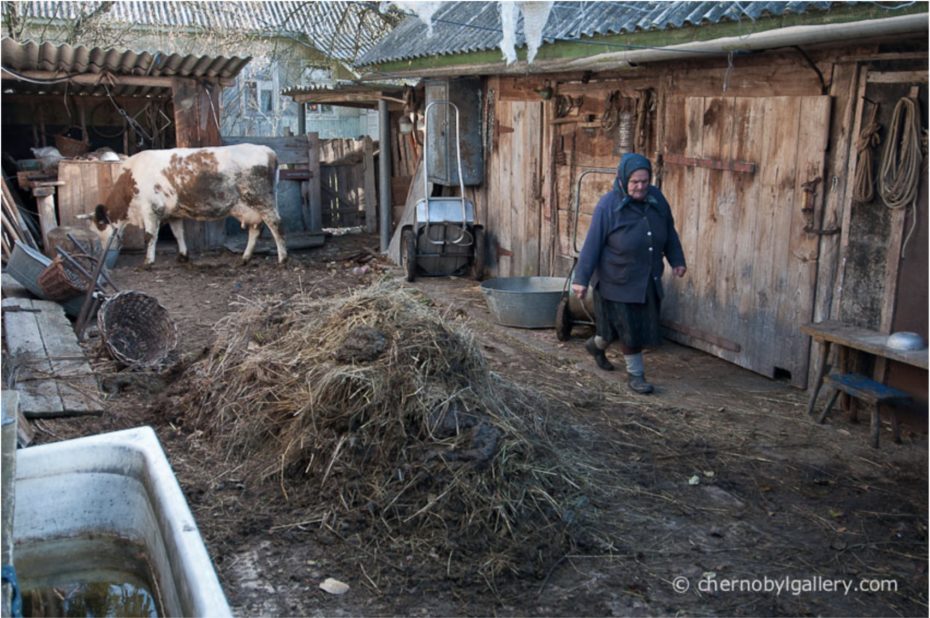
In a nearby village, we meet Maria Urupa, now aged 81, who was forcibly evacuated from her childhood home in 1986. She returned in 1990 and has lived there ever since. She is officially an illegal “self-settler”.
Paul takes us inside Chernobyl City, located 14.5 kilometers from the power plants, which is now home to around 500 people who maintain the reactors and oversee the zone, working at 6 week intervals on and off. There are two general stores and a hotel for tourists.
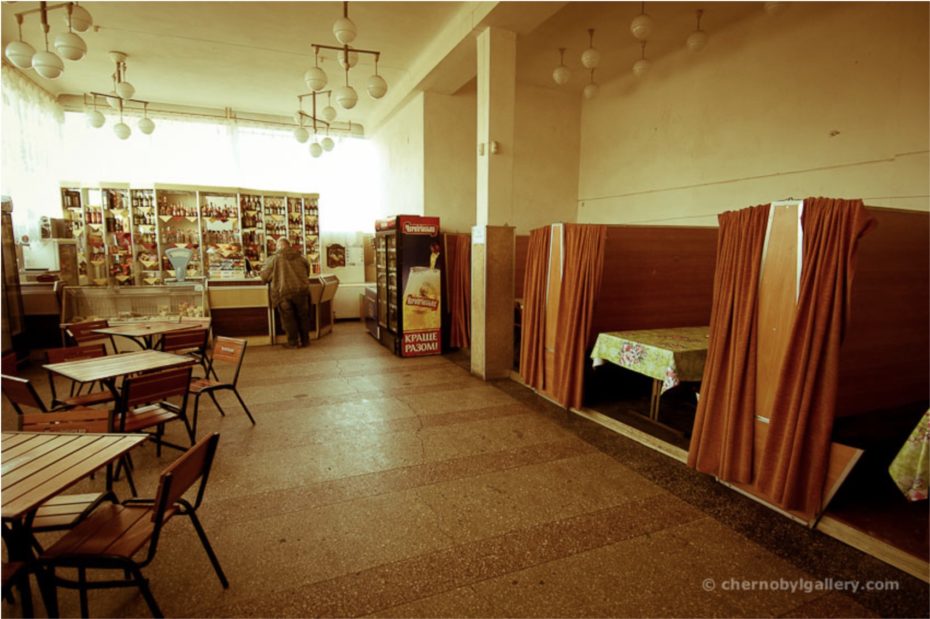
And while Chernobyl City can be called “mostly” a ghost town, Pripyat truly is no man’s land. Located just 4 kilometres away from the plant, the city remains uninhabited due to the high levels of radiation.
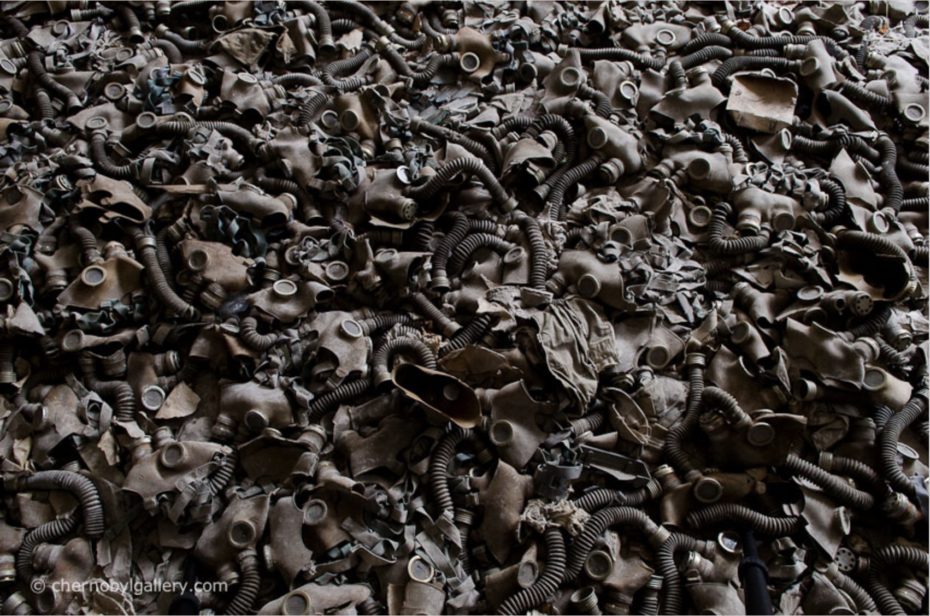
Hundreds lie strewn across the floor having been removed from storage by looters in search of the tiny amounts of silver within their filters.
Paul notes however that there is one strange exception: “There’s still a functioning laundry facility on the outskirts of Pripyat which came as a shock when I caught sight of lights through the trees one evening. They seemed very out of place…”
“Central Pripyat is not huge and can be crossed by foot quickly,” tells Paul. “At the edge of the city thick undergrowth and trees frequently obscure the buildings and often the only reminder that you’re walking on what was once a busy road is a periodic streetlight. When you are able to see the buildings, hundreds of empty windows stare back at you. Washing lines and the last remnants of curtains flutter in the breeze … windows were frequently broken during the decontamination of Pripyat, not just through vandalism, but to prevent the buildup of radiation in enclosed spaces… It’s hard at times not to contain your imagination, best to keep moving … “
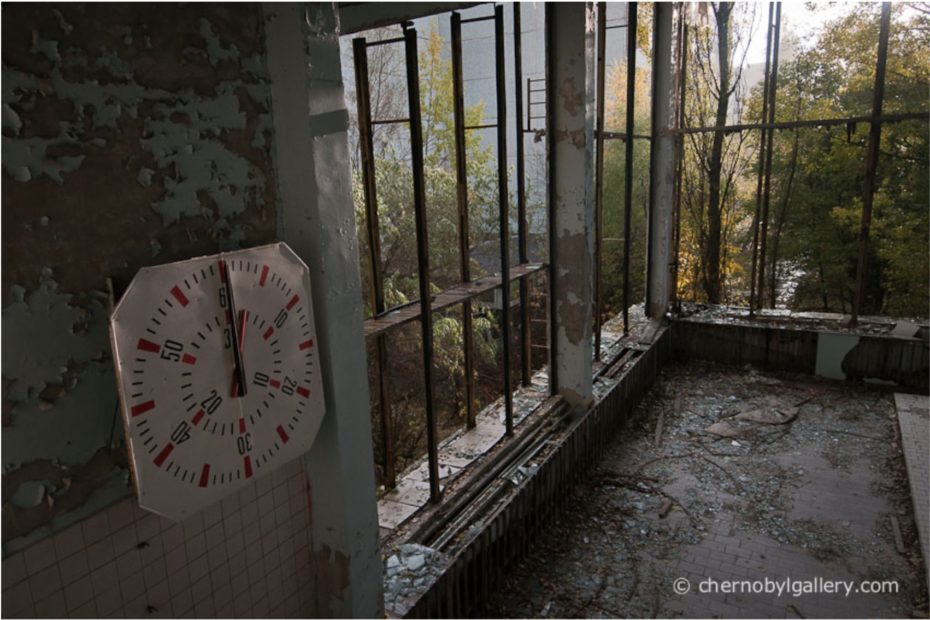
“In the weeks following the evacuation most valuable articles, such as cars and electrical appliances were deliberately crushed or broken to prevent looting but many former residents believe a considerable amount of their belongings were in fact stolen.”
The displaced residents, many of whom now live in the purpose-built replacement city of Slavutich 45 kilometers away, are allowed to return to visit once a year.
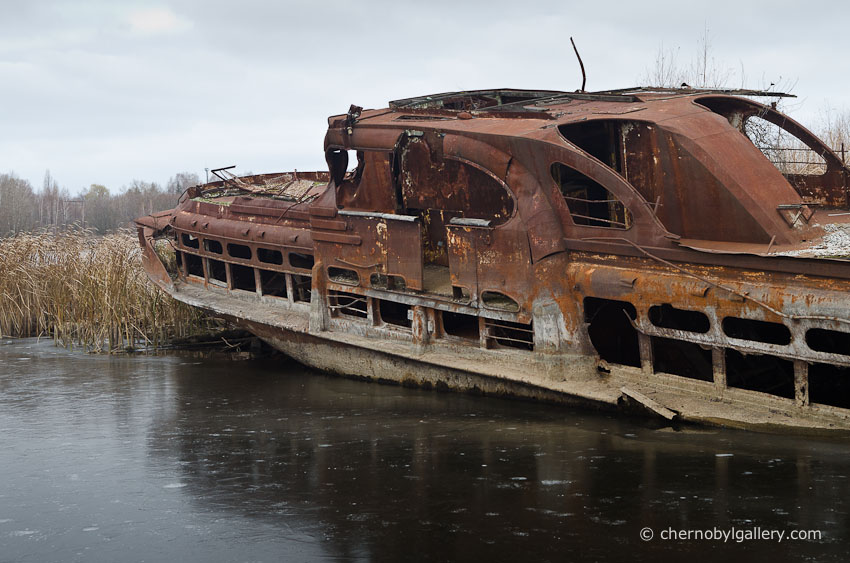
Chernobyl is now once again generating energy, this time from a solar power farm. The Zone of Alienation is considered “relatively safe to visit”, and at present, radiation levels have dropped considerably, due to the decay of the short-lived isotopes released during the accident.
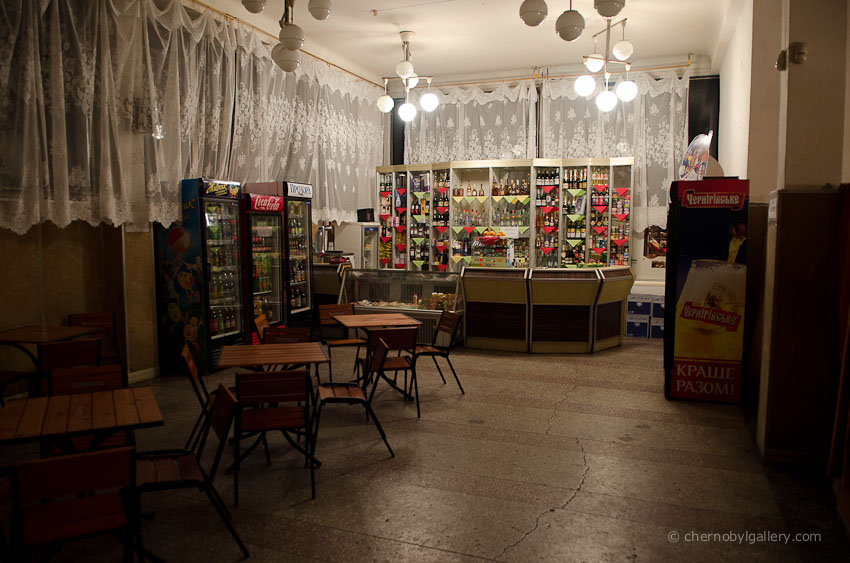
There is a curfew for visitors in the zone and “self-guided tours are a definite no-no”, says Paul, despite having taken the risk for early morning solo outings numerous times. In most places within the city, the level of radiation does not exceed an equivalent dose of 1 μSv (one microsievert) per hour (for comparison, 100 mSv/hour for 10 hours is the maximum risk level). “There seemed to be an unwritten rule that all accompanying officials must light a cigarette upon exiting a vehicle in the Zone.”
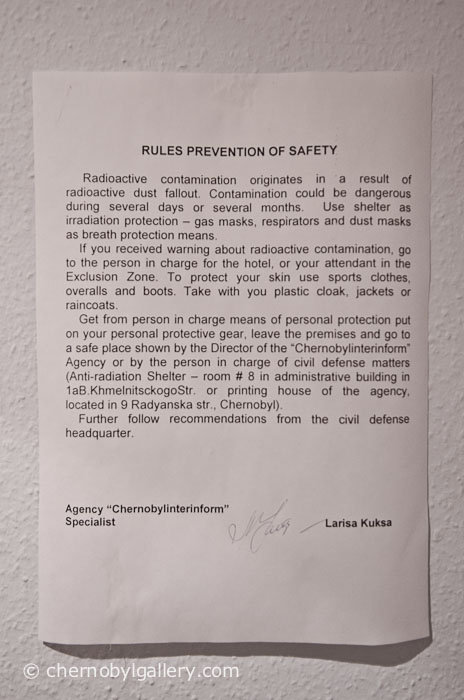
There are currently eight tour companies that I could find offering tours of the Exclusion Zone:
Take your pick. And if you’re serious enough about visiting, Paul recommends to “go soon” and “stay off the moss”.
Discover the Chernobyl Galleries.


